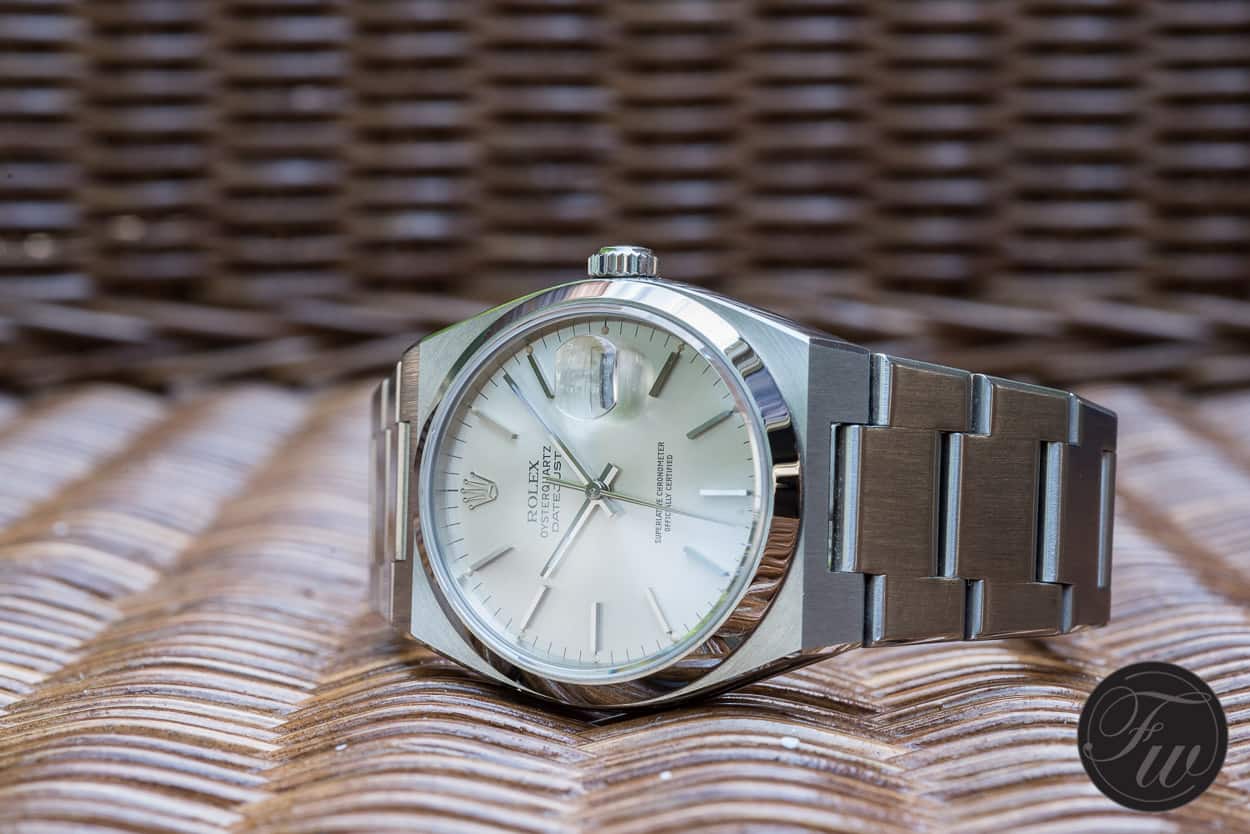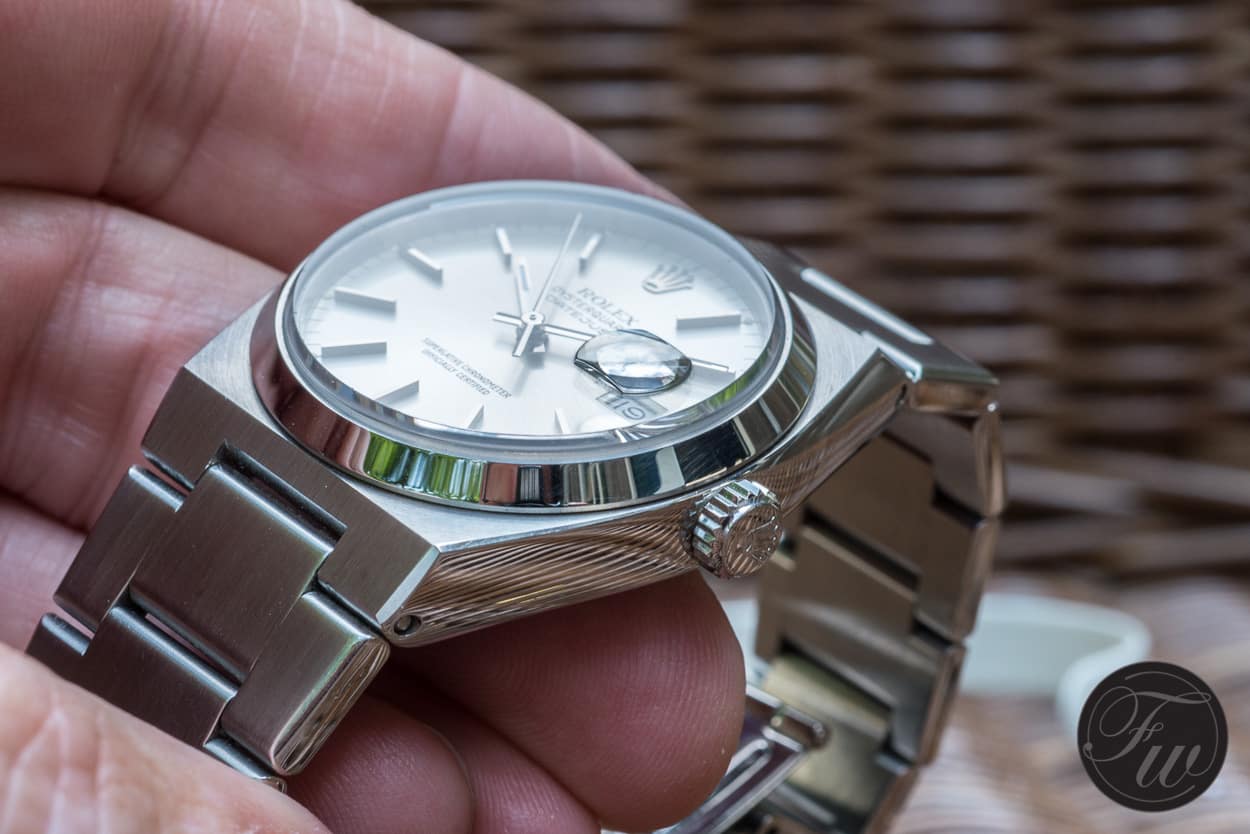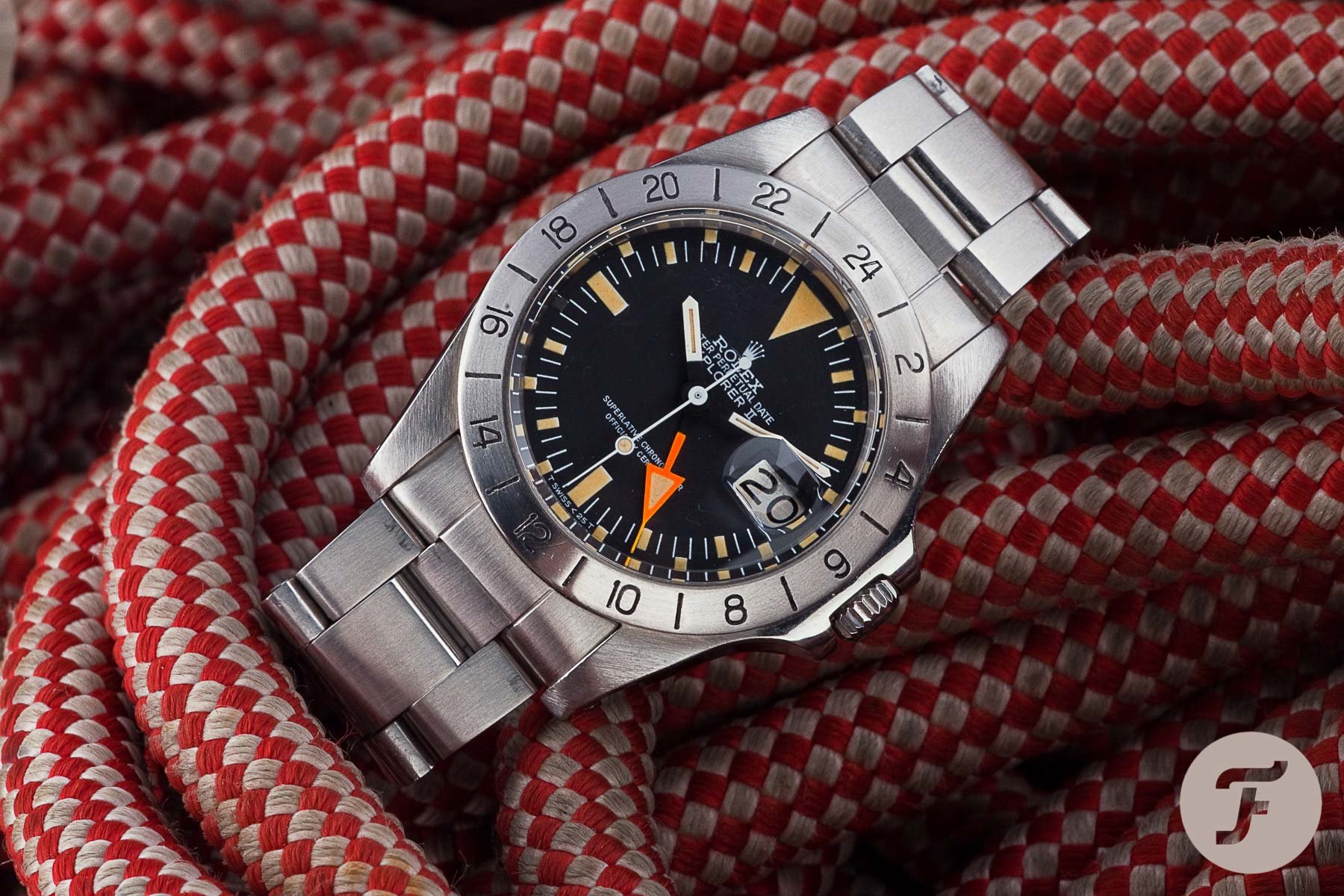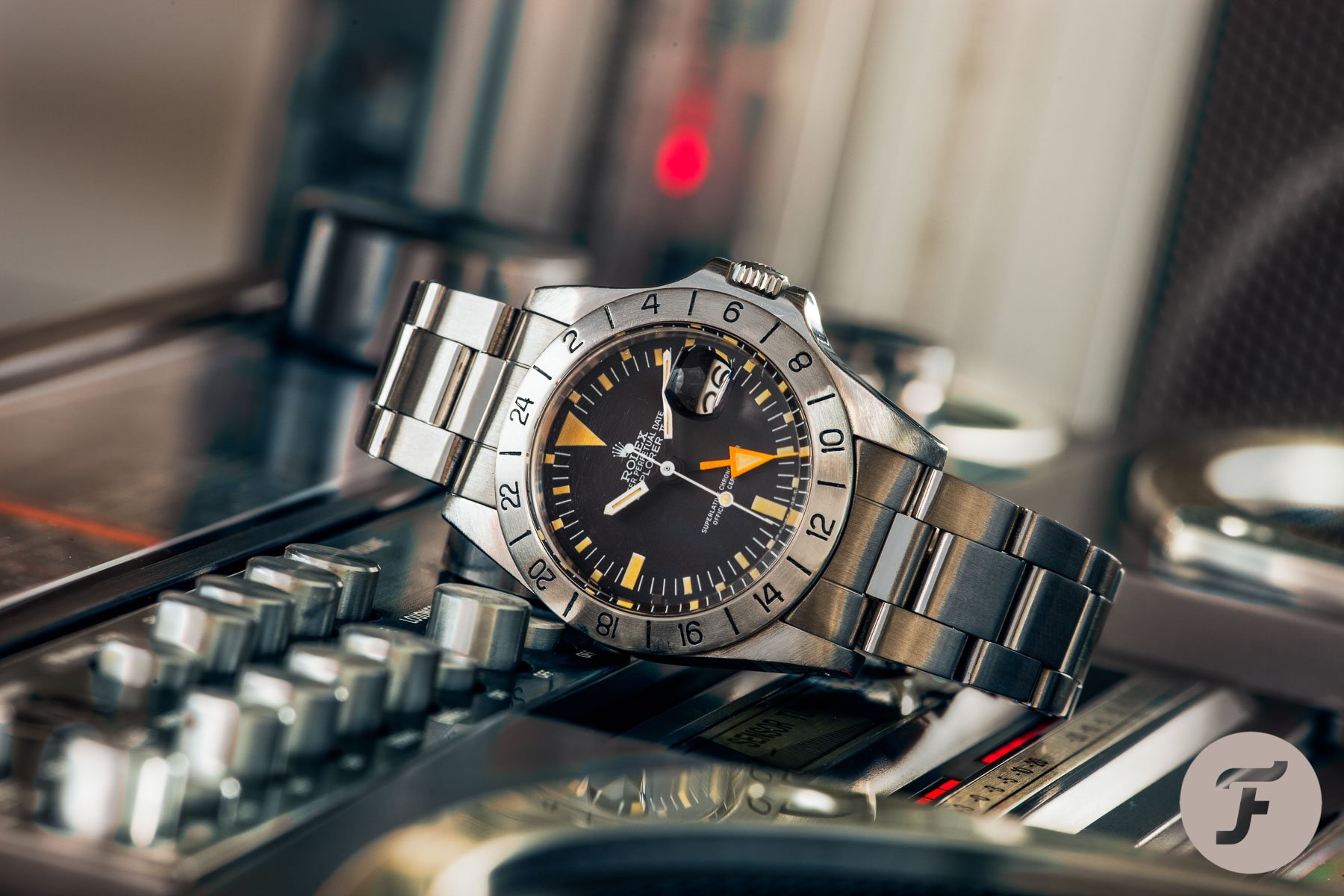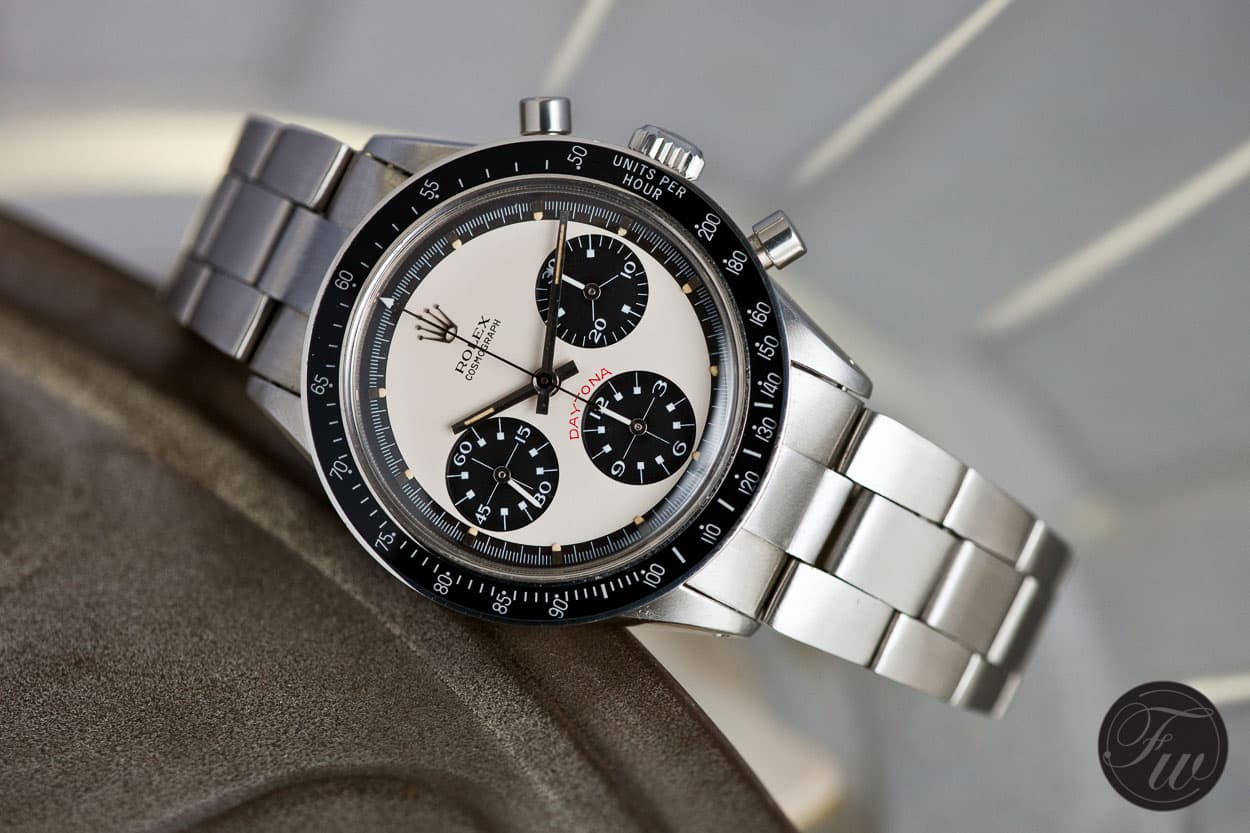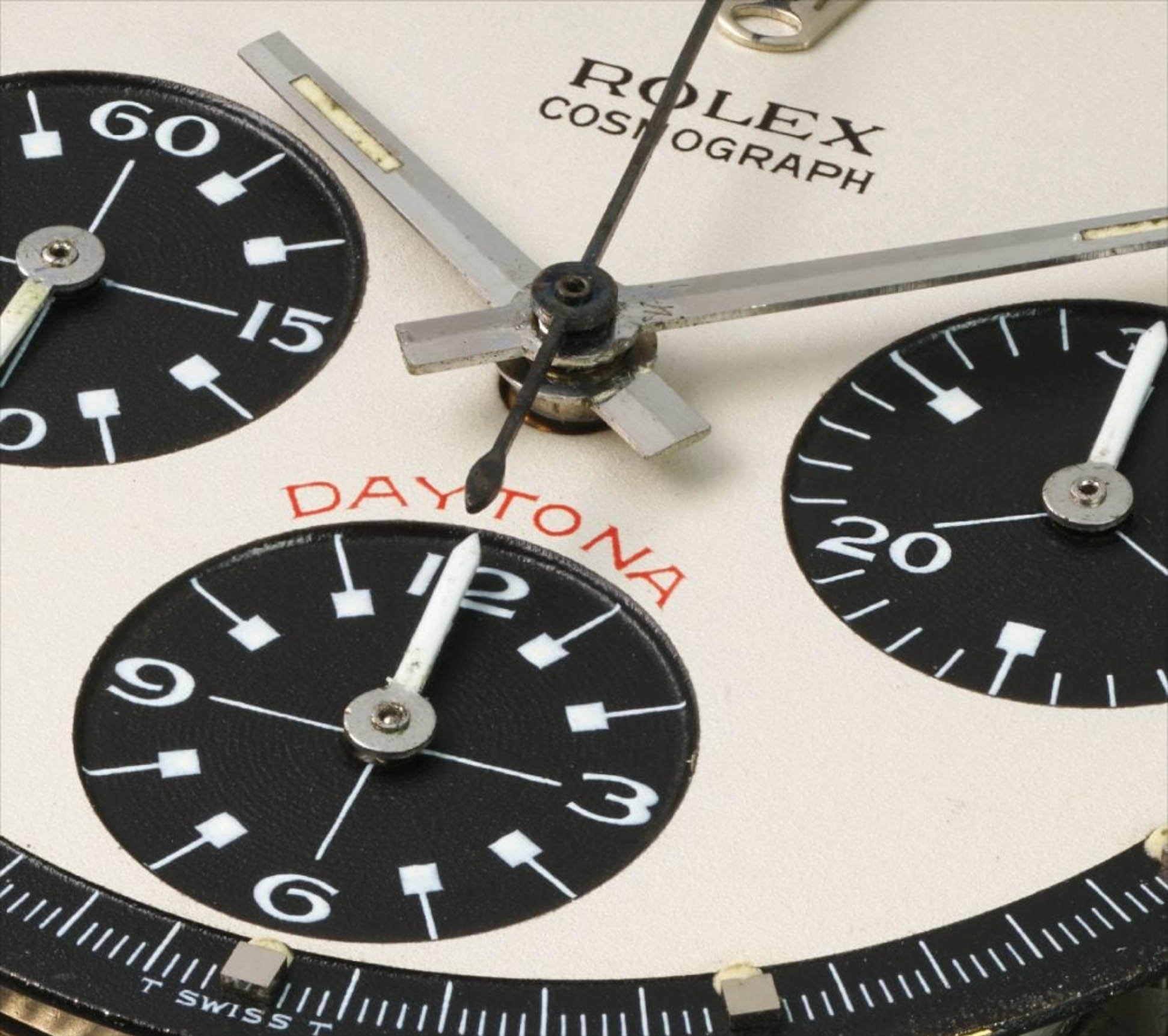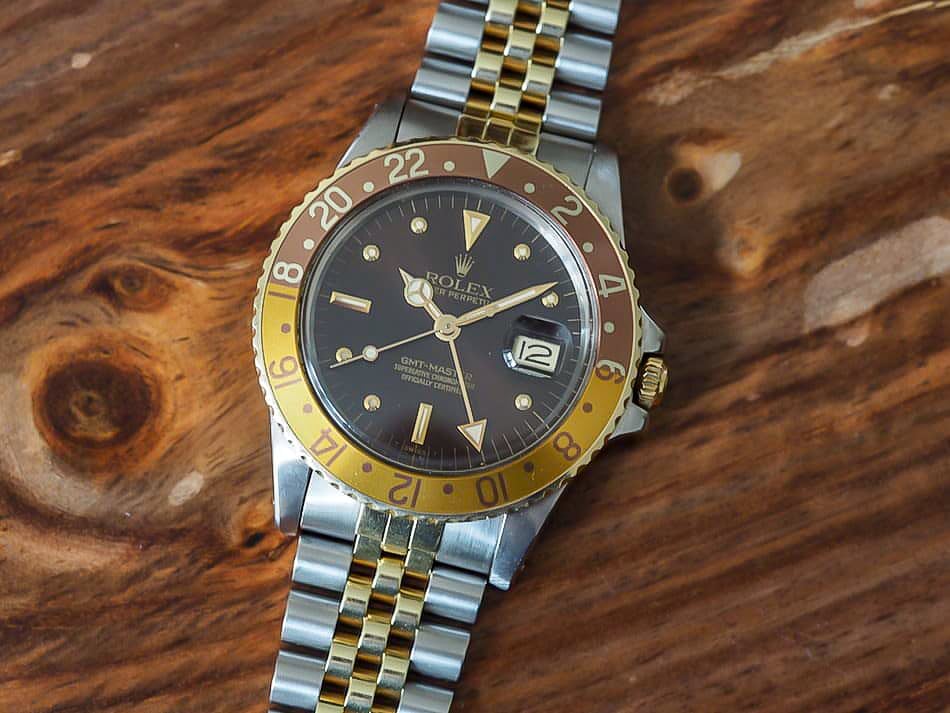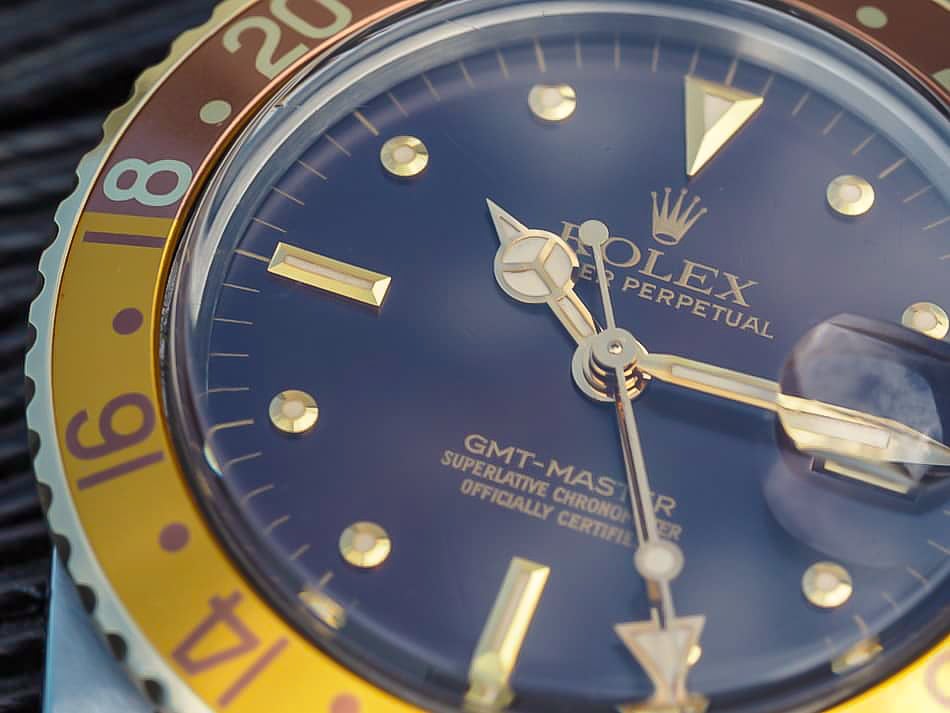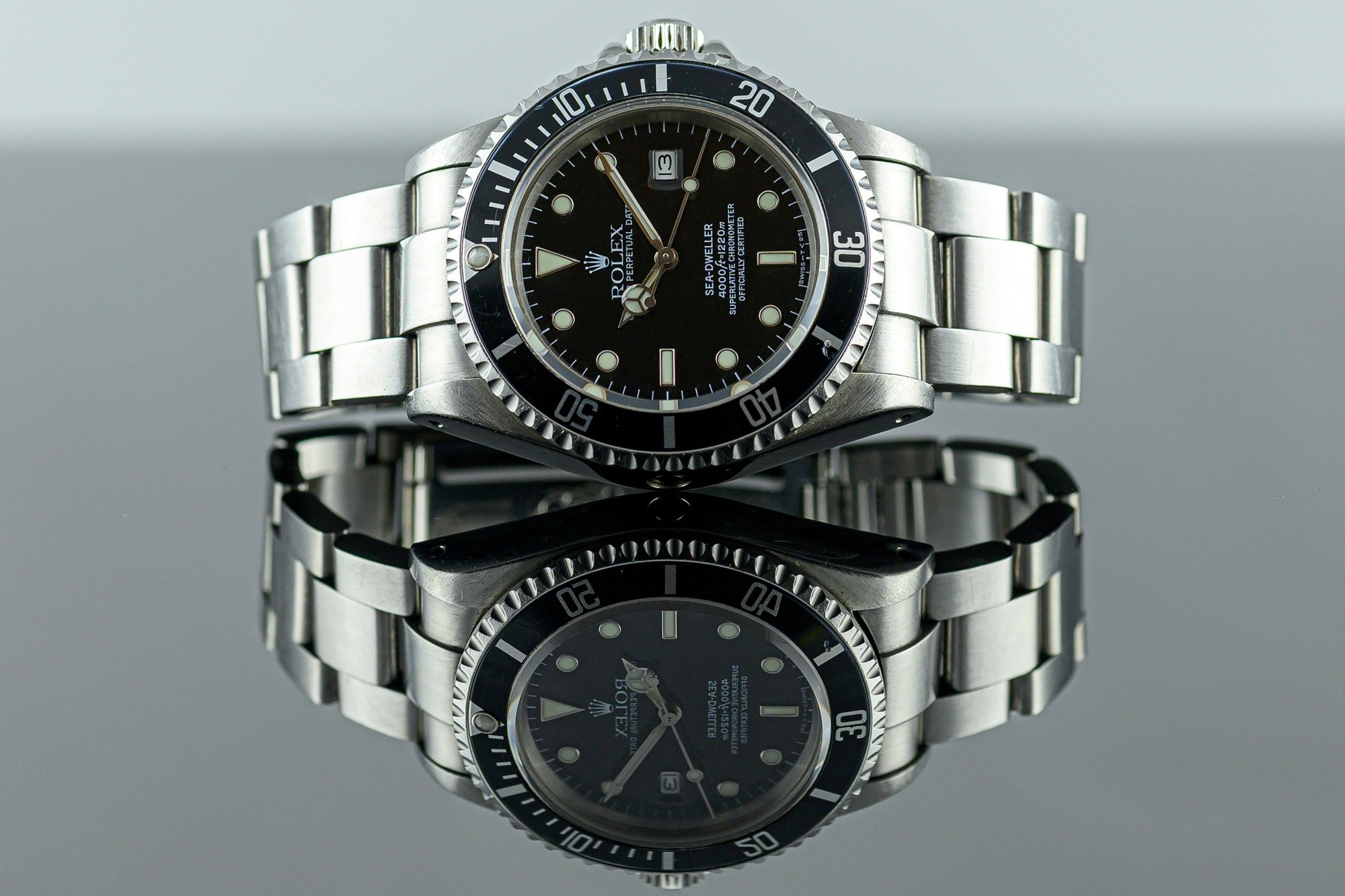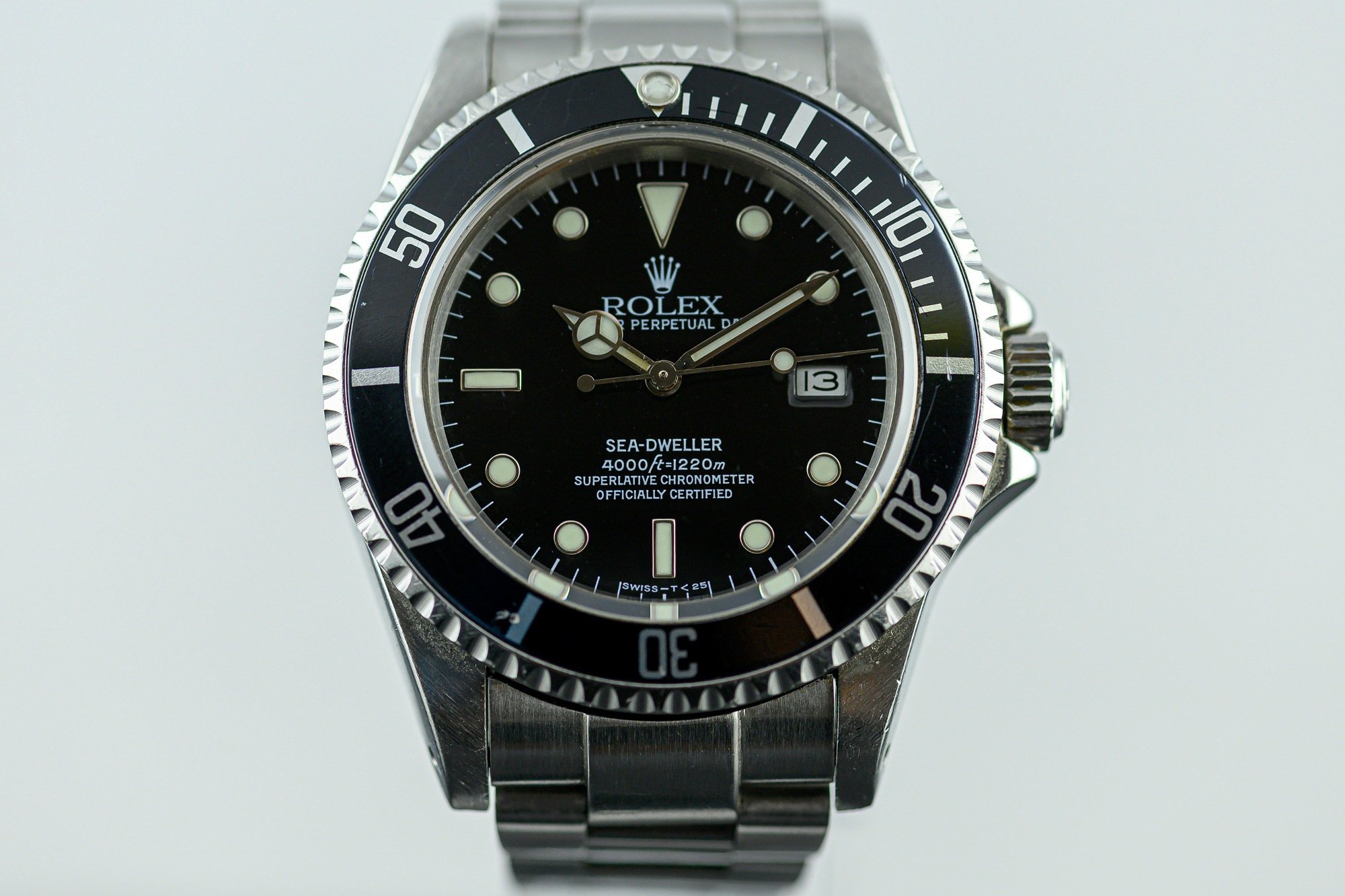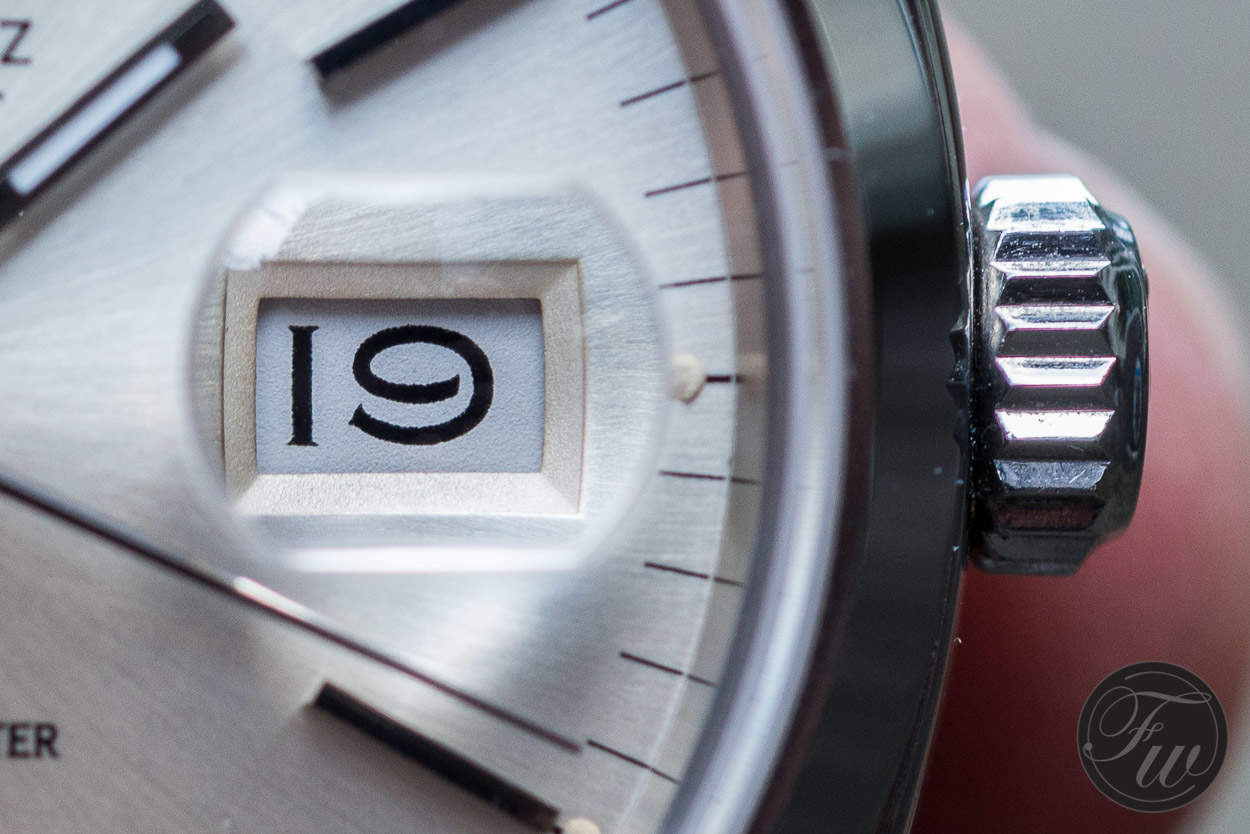Buying Guide: The Best Rolex Watches From The 1970s
We like to talk about vintage watches a lot within the Fratello team. While the daily routine is largely focused on the most recent developments in the world of watches, the most fun for many of us lies in the world of vintage watches. It’s a world full of history, remarkable watches, incredible stories, and quirky details. It inspired us to come up with a series of articles focusing on the best watches per decade from a select group of brands. Some of them priceless, some of them still affordable. In this installment, we will take a look at the best Rolex watches from the 1970s.
In the 1960s, we witnessed developments that challenged the status quo of watch design forever. The sheer amount of watches that pushed the visual boundaries of what was known and accepted was enormous. On top of that, we also saw great technical developments with the race to produce the first automatic chronograph as the most significant of the decade. The 1970s took it to a whole new level. When it comes to watch design, the seventies can only be described one way: no holds barred! The number of extravagant watches is countless. The quest for new shapes, the introduction of explosive colors, and the introduction of the automatic chronograph movement marked a wild time in the watch industry. It was a time that gave us some of the best collectible vintage watches ever.
Rolex in the 1970s
If we focus on Rolex in the 1970s, you will find that the brand released a significant number of new models that have become classics over time. Some of them are updated versions of the icons introduced in the 1950s and 1960s, and some were completely new. As a result, picking just a small selection is hard to do. When it comes to the new versions of the models introduced in the ’50s and ’60s, we mainly saw design updates, updates in movements, and new color and material executions of the well-known icons. But during the quartz revolution, the Geneva brand also came up with their answer to the influx of quartz-powered watches. All in all, there is plenty to discover when it comes to the best Rolex watches from the 1970s, so let’s have a look.
The entry-point — Rolex Oysterquartz Datejust ref. 17000
Finding an affordable pick when it comes to vintage Rolex models is always a challenge. But one of the biggest introductions from Rolex in the 1970s happens to be one of the most affordable nowadays. In 1977 Rolex introduced its answer to the ongoing quartz revolution with the Rolex Oysterquartz Datejust. And for people looking for something a bit more exclusive, the Rolex Oysterquartz Day-Date that came in yellow gold and white gold are great options. Especially the yellow gold Oysterquartz Day-Date ref. 19018, which can be found for a little over €10,000, which is bonkers considering this is a fully gold watch with a fully gold integrated bracelet. But as this is about the most affordable option, let’s focus our attention on the stainless steel Oysterquartz Datejust.
The Oysterquartz Datejust wasn’t Rolex’s first venture into quartz watches. Back in 1970, the Geneva brand released the Quartz Date 5100. A total of 1,000 pieces were produced. They were powered by the Beta 21 movement used by other Swiss companies like Omega and Enicar. But Rolex wanted to focus on creating its own in-house produced quartz movement.
After five years of development, the Oysterquartz Datejust was introduced. It was powered by the quartz Rolex Caliber 5035. Rolex went to great lengths to come up with something special. Both the Caliber 5035 used for the Oysterquartz Datejust and Caliber 5055 used for the Oysterquartz Day-Date were true technological marvels at the time of introduction. On top of that, Rolex used a higher standard of finishing for these movements than for its mechanical movements. It makes the Oysterquartz movements a joy to see next to being technically superior movements.
A great integrated bracelet design
When it comes to design, the Oysterquartz Datejust combines that recognizable Rolex style with the magic of an integrated bracelet. The Oysterquartz Datejust ref. 17000 featured a 36mm case with a polished bezel and a steel 13-link Oyster-type integrated bracelet. Along with the steel model, Rolex also introduced the steel and gold Oysterquartz Datejust ref. 17013, which featured a steel case with a yellow gold fluted bezel. In 1982, the brand added a steel version with a white gold fluted bezel with ref. 17014. The two steel and gold watches feature an integrated Jubilee-type bracelet.
As with the regular Datejust, the Oysterquartz Datejust was available with a variety of different dial colors. As Gerard explained in his article about the Oysterquartz ref. 17000, early models from 1977 do not have the Superlative Chronometer Officially Certified on the lower part of the dial and are known as “single” dials. While finding one of those is incredibly hard, finding a later version of the stainless steel Oysterquartz Datejust is not. As the watch last available in the Rolex collection in 2001, there are plenty of options to choose from. But the real charm is buying an Oysterquartz Datejust from the seventies because it is a testament to that era. Prices for one are roughly between 4.5K and 7K. If you do not have a problem with quartz watches, this is probably your best buy. It’s really that simple.
My choice — Rolex Explorer II ref. 1655
This is my favorite vintage Rolex, full stop. There are many vintage Rolex watches that I love, but there can only be one winner. For me, it’s the quirky Rolex Explorer II ref. 1655. It was introduced in 1971. Unlike you would think, the Explorer II — also known as the Steve McQueen Rolex — was not intended as a follow-up to the Rolex Explorer. As Robert-Jan explained in his in-depth piece about the ref. 1655, the Explorer II was developed as an expansion to the Explorer lineup aimed at speleologists or cave explorers, who could lose the sense of time during their work. It is why the watch has an additional central 24-hour hand and a 24-hour scale bezel. On top of that, the watch is also equipped with a date function in case the cave explorers would not only lose track of time but also what day it is.
The biggest attraction of the Explorer II ref. 1655 is, without a doubt, its funky appearance. It oozes seventies quirkiness in all the right ways. The dial design is weird, and the big orange 24-hour hand hard to be missed. And for one, the cyclops feels exactly in the right place in the right style instead of being an oversized nuisance. But all the quirkiness is balanced out by the 39mm stainless steel case with the stainless steel 24-hour scale bezel. Add the familiar Oyster style bracelet, and it makes sure this is not a watch that is over the top. No, this, for me, is the right balance between everything we know and love about Rolex combined with a dial design that feels lively and just about perfect.
Impractical but beautiful
But when it comes to practicality, the dial design is far from perfect. If you look at the dial, the regular 12-hour scale is indicated by the regular hour and minute markers. Every five minutes has a fat hour marker, and the 6, 9, and 12 o’clock markers are oversized markers. So far, so good. But the problems start with the 24-hour scale that is placed around the normal 12-hour scale. The uneven hours of the 24-hour scale are placed as half-hour markers to be used in combination with the large orange hand. I think it looks amazing, but I agree with Robert-Jan and many others; it’s far from a perfect functional dial design. Inside the chunky case, you will find the automatic Rolex Caliber 1575 GMT. It is similar to the 1575 caliber but has been modified to incorporate a GMT function.
Rolex produced the Explorer II ref. 1655 until the mid-eighties. The brand introduced its successor, the Explorer II ref. 16550 in 1985. That watch solved many impracticalities and looks like the Explorer II as we know it today. But it also lost a lot of its initial charm with the new design. There is a great deal of charm and quirky appeal that makes this first-generation Explorer II much-loved by collectors. Over the course of its production run, Rolex only changed small details of the design. A total of seven different dials was produced, and a handful of different bezels. Finding a Rolex Explorer II ref. 1655 is definitely possible, but the prices for one start at roughly €25,000 and moving up quickly for one in better condition. What you get for that kind of money, however, is the best-looking vintage Rolex there is. That’s my opinion, at least.
Money is no object #1 — Rolex Cosmograph Daytona ref. 6264
Could I get away with creating a list for the best Rolex watches of the ’60s and the ’70s and not mention a Daytona Paul Newman? You probably could, but for me personally, it’s impossible. And when it comes to picking a Daytona Paul Newman from the 1970s, the choice for me is easy. I prefer the Paul Newman with the black bezel insert rather than the steel bezel. And I also prefer the models with pump pushers above the models with screw-down pushers. It only leaves the Rolex Cosmograph Daytona ref. 6264 that was produced from 1970 to 1972. It is one of the most difficult to find Paul Newman models, and as you would guess, the prices for them are astronomical.
Looking back, it’s hard to believe that the exotic Daytona dials were not a huge success for the brand. In a world where colorful watch dials were the norm, this fit in perfectly. While we tend to focus on the steel Daytona Paul Newman models, the ref. 6264 also came in 14K yellow gold for the US market and 18K yellow gold for the European market. Some of them came with the iconic “Paul Newman Lemon” dial that also goes for unbelievable amounts of money. But let’s stay with the stainless steel model for now.
Failed but charming nonetheless
Inside the 37mm steel case, you will find the Rolex Caliber 727. This manual wind chronograph movement was an update from the Caliber 722 movement that Rolex used for the previous generation Daytona. Both are based on the Valjoux 72A movement, but this new Caliber 727 operated at a frequency of 21,600vph versus 18,000vph for the previous generation. Together with its ref. 6262 counterpart with the steel bezel, these are the last Daytona references that used pump pushers. After Rolex switched to the Oyster-style case and used screw-down pushers for increased water resistance. Many people love those versions as well. For me, the true charm is in the models with the pump pushers.
As I mentioned before, finding a Rolex Cosmograph Daytona ref. 6264 with a Paul Newman dial is next to impossible. They usually only show up at auctions and go for ridiculous amounts of money. A quick look at the Phillips website tells us that the “cheapest” ref. 6264 that was auctioned off recently went for around 100K in 2020. But as most of you know, prices for pieces in great condition easily go up to several hundreds of thousands. Whenever I think about those prices, I always have to laugh because of what our Managing Editor Rob said about the prices for Daytona Paul Newmans. As Rob so perfectly put it: “We are locked in the bizarro universe that treats a hammer price of nearly 2 million for a failed watch design as the norm.” And it’s true. But it’s a failed design I genuinely love.
Money is no object #2 — Rolex GMT-Master ref. 1675/3 “Root Beer”
The Rolex GMT-Master ref. 1675/3 and its successor, the ref. 16753 are probably the watches with the most nicknames, from the “Root Beer” to the “Tiger’s Eye” or “Tiger Auge” in German, to the “Clint Eastwood” (or “Clint Ostwald”) in German. That last one is a joke, of course. The Root Beer is one of the coolest Rolex watches ever created. But as Mike perfectly explained in his in-depth article about the GMT-Master ref. 16753, it’s not a watch for everyone. You have to love the look of a gold and steel watch. On top of that, the combination of the brown dial and the bicolor brown and gold bezel adds a serious dose of 70s style.
Rolex did not produce a steel and gold GMT-Master from the beginning. Until the early 1970s, the GMT-Master only came in steel or full gold. In 1970 Rolex introduced the first bicolor GMT-Master with ref. 1675/3. This model introduced a gold bezel, crown, and hands. The characteristic gold applied indexes give the watch its “nipple dial” nickname, as it’s known amongst Rolex enthusiasts. The watch was available with either a black dial and black bezel or a very ’70s brown dial with the aforementioned bicolor brown and gold bezel. If you are a fan of the looks, you probably agree with me that the choice for the Jubilee bracelet over the Oyster bracelet is an easy one. It just fits the overall style of the watch better.
Two generations of Root Beers
Inside the 40mm case of the ref. 1657/3 Rolex used the same Rolex Caliber 1575 GMT that was used for the Explorer II ref. 1655 we discussed earlier. The movement operates at a frequency of 19,800vph and has a power reserve of 48 hours, and features hacking seconds. The original GMT-Master “Root Beer” remained in production for a decade before being replaced by the next generation “Root Beer” ref. 16753. That model introduced the higher beat Rolex Caliber 3075 with a quick-set date. On top of that, Rolex updated the dial design and replaced the “nipple dial” with a dial that featured regular hour markers with lume plots.
Having said that, you will find transitional pieces like Mike’s in the pictures that do feature the new movement and have a nipple dial. On top of that, many of the dials have been replaced over time with service dials. So finding the newer reference with an older dial is not unlikely. Overall you can say that the original ref. 1675/3 and the ref. 16753 are the references that have that classic 1970s style that made the Rolex GMT-Master “Root Beer” into today’s icon. Finding one is not that hard, but finding one in great condition with original parts is a lot tougher. Prices for a ref. 1675/3 start at roughly 10K and move up to roughly 15–16K. And that makes it more affordable than most of the steel ref. 1675 models. Realizing the levels of style you get in return, it is definitely worth considering.
Money is no object #3 — Rolex Sea-Dweller ref. 16660
The last watch on this list of the most remarkable Rolex watches from the 1970s is the Rolex Sea-Dweller ref. 16660 “Triple Six.” The watch was first introduced in 1978 and stayed in production until 1989. After the initial Sea-Dweller ref. 1665 models, this is the first model that is basically the archetype for the modern Sea-Dweller as we know today. It is also known as the Sea-Dweller 4000 because it is the first Sea-Dweller guaranteed to be water-resistant up to 1,220 meters or 4,000 feet. The improved water resistance was achieved by a thicker and bigger 40mm stainless steel case, a thicker sapphire crystal — replacing the previous acrylic crystal — and a more advanced helium release valve.
Additionally, Rolex updated the date disc to lose its silvery finish and replace it with an off-white-colored disc, and the watch was equipped with a unidirectional bezel. Inside the 40mm case Rolex used the Caliber 3035 to power the watch. It was a significant update from the previous Caliber 1575. The movement has an operating frequency of 28,800vph, a power reserve of 42 hours, and features a quickset date. Looking at all the specs, the Sea-Dweller “Triple Six” is still very much an up-to-date watch.
Different dials create different appeal
Looking at the different dial variants produced over the course of its 11-year production run, there are two distinctly different variants. The early versions of the ref. 16660 feature a matte black dial with painted indexes. Later versions feature a glossy black dial with white gold indexes. As you would expect, the later versions can be considered the true first modern Sea-Dwellers, while the earlier versions keep some of that vintage appeal of its predecessor, the Sea-Dweller ref. 1665 “Great White.”
As we talk about vintage watches with vintage appeal, it probably comes as no surprise that the earlier models of ref. 16660 with the matte black dials and painted indexes are harder to find and go for substantially higher prices. It’s also why you will find a huge gap in prices for the same reference number. Prices for a Sea-Dweller ref. 16660 start at roughly 8-9K and move up all the way to 35–40K for a version with the first dial that comes with a box and papers. Both are great options because the Sea-Dweller “Triple Six” is a simply great watch. But considering most people’s budget — including my own — the version with the updated dial seems like the perfect option to own a piece of Rolex history.
Final Thoughts
In this series of articles, I cannot stress enough that you must do your own research if you are looking to buy a vintage watch. On top of being crucial in not being disappointed with your purchase, it is also a lot of fun. Doing research and finding out about the watches you love is often the first connection you will make to a specific watch. And contacting a vintage expert to make sure you will not be disappointed will also help out greatly. It’s a great way to learn more about a watch and get to know some amazing people along the way.
When it comes to Rolex, it is essential to know your history and be aware of all the details of the vintage model you would like to add to your collection. Many of the original parts have been replaced when vintage Rolexes were serviced. Your chances of finding a model with replaced hands, dials, and crystals are very real. On top of that, there are plenty of fake and Franken pieces that could spoil the fun. So read about vintage Rolex pieces online and get to know all the little details, variations, and remarkable stories. There are also plenty of books like the famous Rolex books by Mondani that are a great reference for your research.
Next week, we will take a look at some of the best Omega watches from the 1970s, so keep your eye out for that. In the meantime, let us know in the comment section what your favorite Rolex from the 1970s is.

